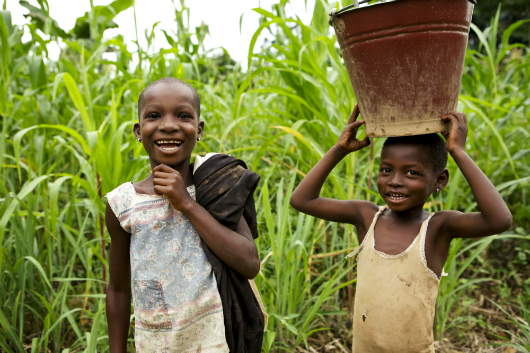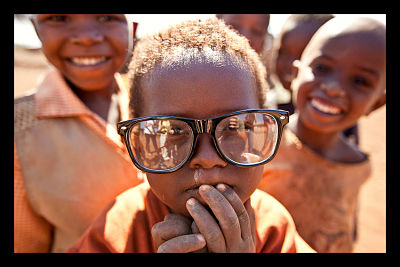
The health benefits, both physical and mental, of yoga are fairly well known. However, the ancient practice is now being used to benefit the poor. The Africa Yoga Project is using yoga as a means to improve the well-being of impoverished communities while also giving its members steady streams of income.
Founded in 2007 by long-time yoga instructor Paige Elenson, the group aims to instruct youth, most of whom come from some of the poorest areas in Kenya, in becoming yoga instructors.
As yoga instructors, these young people not only have a new means of income and economic empowerment, but they also become leaders in their community promoting healthy living. Eighty percent of Kenya’s unemployed population is made up of young people. Africa Yoga Project seeks to shrink that statistic.
“Some AYP teachers have moved from living in what they referred to as slums to new homes, starting families, supporting family members with school fees, and working on new income-generating projects,” Elenson says.
Applicants to the program must be 18 to 35 years old, they must be African, and according to Elenson, “be committed to becoming a yoga teacher and serving communities.”
Once accepted, teachers in training earn a stipend of $100 USD per month and are employed as private for-hire instructors by Africa Yoga Project upon completion of their 200-hour training. The project sends its teachers out to hospitals, orphanages, HIV centers and even jails.
Through the course of running the program, administrators found that some applicants did not end up enjoying teaching yoga or did not view it as a long-term career.
It is for this reason that the project is expanding its services to help instructors and applicants alike. Africa Yoga Project is now offering career counseling services and other mentorship opportunities within the communities it services. The project has proved so successful in Kenya, that it is expanding operations to South Africa, Uganda, and Rwanda.
– Joe Kitaj
Sources: Takepart, Africa Yoga Project
Photo: One
 While this may come as a shock,
While this may come as a shock,  Until the 1990s,
Until the 1990s, 
